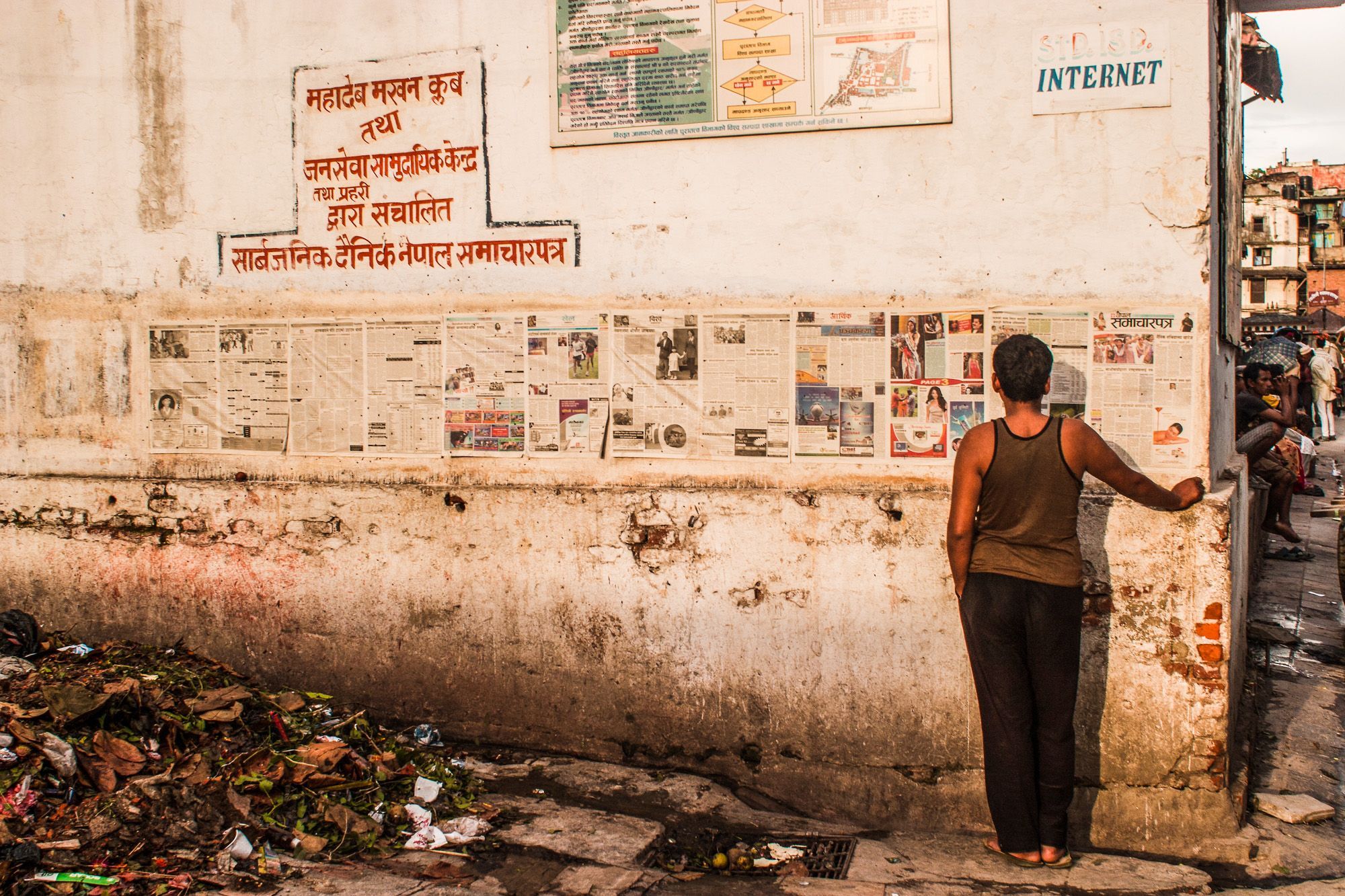
Why the Mechanics of NFTs Matter to Journalists
A conversation must begin in the journalism world that steps beyond the headlines, misinformation, and preconceived notions of what an “NFT” is and how journalists can deploy such technology to preserve and support their work. The areas of focus I will explore below are underlying outcomes built into the technical mechanics of NFTs which make them so valuable to storytellers- immutable data, decentralized storage, and connection to a collective.
The aforementioned outcomes are often completely missed by those without personal experience using NFTs. When I explain those core attributes to non-technical people who have devoted their lives to creating a body of work, be it an artist, journalist, or a scholar, and frame the conversation in the context of what the blockchain actually does, the person lights up. They immediately recognize the potential impact of placing the fruits of a lifetime of dedication to something in a container that can live beyond their human journey on this planet.
As storytellers documenting the world for several decades, we are sitting on a massive database of the visual and written documentation of humanity. Do we not owe it to our subjects and future generations to place this art on immutable and decentralized databases so it can live beyond us? Should we not protect our documentation of the human spirit so they can live in a virtual space that is safe from the corporate overlords of centralization or the nefarious reach of political kleptocrats who would easily destroy any visual documentation of their crimes against humanity? Should we ignore the potential vehicle of connection and support that our artwork can provide to a broader community of like-minded individuals because some young crypto bros are using the same technology to create gilded and branded communities around cartoon apes?
Immutable Data
Immutable data is the first core aspect of the blockchain technology that NFTs are built upon that I would like to explore. Also known as distributed ledger technology, blockchain allows for information to be placed "on-chain" through a cryptocurrency transaction hash attached to a digital wallet that will always and forever attach digital content to that hash number. Once "minted" that information can never be claimed or removed by another person or entity, as the transaction itself is not accessible by anyone but the creator and will be visible on the blockchain, a public ledger, for eternity.
Our society is currently controlled and manipulated by a plethora of billionaires, corporatists, and kleptocratic political leaders. Any one of those individuals has the power and the privilege to control, remove or permanently delete any data they do not agree with or view as a threat to their power. A majority of the information that comes to us through our phones, computers, and tablets runs through Amazon servers and packets housed in countries where the flow of data is surveilled and controlled when threats to power structures or centralization arise. One only needs to look at Russia's war on Ukraine and how fast Putin dropped the Iron Curtain on that country and throttled his citizens back into the 1980s to see what's possible.
As visual journalists, we must begin to awaken to the real possibility that our work documenting humanity is, in some contexts, a direct threat to power structures and it can and will be removed when certain political actors are in charge. We will see this in a brutal and shocking way after the 2024 elections. I hope I’m wrong on that last point, but such a reality is possible.
Decentralized Storage
Now, this is somewhat technical, but the visual files attached to that cryptocurrency transaction hash when someone mints an NFT live on a separate server and are referenced to that hash forever as well. If an artist truly wants their NFT to live in a server space that can not be touched or manipulated, they must use a decentralized server. While this technology is very new and we can debate the true "decentralization" of the existing server options, the premise is that the visual data, metadata, and file will always live on the blockchain once minted and attached to the artist's digital wallet.
Decentralized storage can not be separated from the immutable data conversation for the visual journalists I'm speaking to in this essay. As a professional photographer, everything valuable that I've shot for a project or client lives on multiple storage devices and servers throughout the cloud. I use encrypted cloud servers as one redundant backup, a private and trusted centralized data management company, and a plethora of hard drives. I am in the process of learning and understanding the technical parameters of decentralized storage to house my images as one more form of redundant backup, regardless of their attachment to an actual NFT.
I know, at the end of the day, that all of my centralized data back-ups are vulnerable to market forces, centralization, and just my ability to maintain the services I use for my work. I hope to one day pass a body of work on to my family, yet I know that my physical images, negatives, and hard drives, are vulnerable to fires and climate catastrophes and I know that my centralized servers will probably not be accessible to them in twenty years. But in the blockchain world, decentralized data attached to my wallets will be accessible to the next generation.
Connection to a Collective
NFTs are not just digital art, they provide a direct connection to another person through a crypto address. When the NFT itself is built upon a protocol with mechanisms to manage that relationship between artist and collector, the scope of connection is limitless. Forming communities or deep personal connections with collectors is easily accessible and baked into the technology of NFTs themselves. Decentralized autonomous organizations, also called DAOs, are the latest form of community building and NFTs are enabling DAOs to create two core aspects of sustainability for artists-- smart-contract enforced governance and direct monetary support through collective action.
Imagine spending ten years documenting an under-served population or community and then creating a collective of donors and supporters using your NFTs to generate a sustainable source of revenue that goes directly to the community you've spent a decade documenting. And all of this is done automatically through voting and smart contract deployment, removing the often suffocating red tape and bloated administration costs of nonprofits or charities.
Our Duty
Do we not owe it to our children and grandchildren to create a method for them to access the visual and written documentation of the world we are leaving them, so they at least can see what once was, where we lost the narrative, and possibly learn from our mistakes through access to knowledge minted to the blockchain? We also create an alternative economic engine for that future generation through the sales and royalties of our art. Could we then create strong communities using the technical utility behind our NFTs to build decentralized organizations with governance, revenue, and preservation of public goods baked into the community infrastructure?
I strongly believe that we, as the creators and keepers of the stories of our collective human experience, can and must do all of the above with our valuable resources right now. I have conversations almost daily with journalists, artists, and scholars about this very thing-- using emerging technology to preserve and support their work. Educating our fellow, non-NFT colleagues about the value of this technology, both now and in a decade, is an essential aspect of our dharma as artists who’ve chosen to document the world.
We must begin to conduct the conversation about NFTs using a different framework that looks at a broader and more comprehensive vision of what’s possible for blockchain and why it matters to the storytellers and the wisdom keepers of our generation. We are doing this work right now at JournoDAO. Please join us and help our fellow storytellers understand why NFT technology is more than just art.
